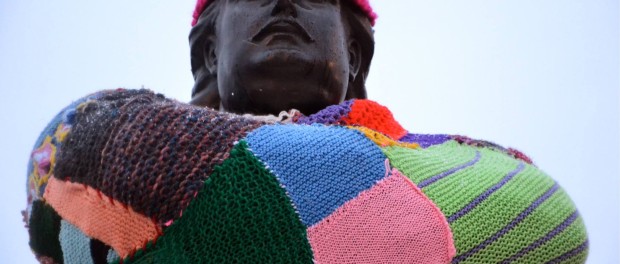Quebec 102: Montreal Data For You to Mine
The city of Montreal, not exactly an exemplar of ethical actions, has at least decided to make its data “open by default” by 2018. In other words, the city will make its collected data available unless there are reasons to restrict usage. The city currently has 184 datasets available on its website.
What gets restricted? Data that has to be restricted for “confidentiality and public safety.” I’m pretty sure any data set with information that could implicate anyone in power will magically fall in these categories.
Nonetheless, all city data from all administrative units of Montreal including the boroughs will be available.
Having heard this, I decided to check out Montreal’s data set collection, the Portail Données Ouvertes. The site is in French and if you want English, it recommends using a translation service like Google Translate or FoxLingo. Fortunately, je lis Français.
The datasets are grouped by topic and tend to relate to the last few years (2014, 2013, 2012, 2011). The topics are organization and administration, sports/leisure/culture, infrastructure, environment, financial, urbanism, election/referendum, information, public security, PR/communications, economic development, material resources, buildings/land, human resources, legal, and property evaluation.

Screenshot of Portail Données Ouvertes December 2015
I’m no expert on data, so looking at these lists puts me to sleep. But the lists are offered in a variety of formats: csv, zip, odt, xls, pdf, ods, cvs, .tab, geojson, json. Each dataset is available in one format, and sometimes more than one.
I decided to take a look at the dataset on public art to give a test run. The dataset is dated to 2014, though it goes as far back as 1809. The municipal collection is arranged according to the title of the work, the date it was made, the category, how it was acquired, the materials, the neighbourhood it is in, and its coordinates (and gelocalization info). The dataset is in JSON, which means it more or less requires a computer program, though I could read it easily enough on my screen. I also tested this with an entirely different pdf style file and it also opened on my screen to read.

List of Montreal Public Art screenshot from the city datasets.
While someone with a little more know how could probably have a good time sorting through this, I just used good old cmd-f to open up a search window for a term of choice. I’ve always been fond of the little Louis Cyr statue that gets an occasional scarf from a yarn bomber. I happen to know the name of the park that holds the little guy, and searched for it that way. Here’s what I came up with:

Louis Cyr statue in database.

louis cyr yarn bomb. yiara magazine. Photo by Zara Domingues
If one knew the geolocation for the mayor’s house (or anyone’s house), it might be possible to figure out if any public artworks are hanging there. What annoyed me was that it didn’t reveal how much was paid for the artworks nor the date of their purchase. The accession number’s first four digits, though, tell the year the item was acquired. Looks like the city got one piece of work in 2015 which is in Carrefour Henri-Bourassa-Pie-IX park, entitled La vélocité des lieux. We covered its arrival earlier this year HERE.

Montreal Nord. Velocité des lieux. Photo Lily Huynh
At any rate, there are plenty of datasets available to muck around with, so have fun. I’m intrigued by the list of vacant buildings… not sure why though.
The Montreal list of city datasets are available HERE.






